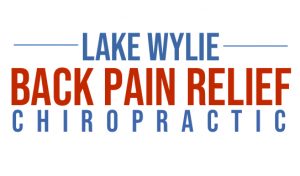Have you ever considered how important your hamstrings muscles are in relationship to your lower back? Most people do not think about those tight muscles on the back of the upper leg / thigh as having much to do with low back pain (LBP); however, it is one of the most important muscles groups to keep loose both as a means of improving current low back trouble as well as preventing future LBP. Think of the hamstrings as a stabilizing guide wire that keeps us upright. When we bend over with our knees straight, we can feel the hamstrings gradually tighten, often keeping us from reaching our toes. When the hamstrings are too tight, some of us can hardly reach past our kneecaps as we bend over.
The low back is only so flexible and in reality, most of our ability to touch our toes comes from our hip joints. In fact, after scoliosis surgery where metal rods are placed on both sides of the spine, patients will often make up for the loss of low back movement and still be able to touch their toes by increasing their hip motion! This, however, can only be accomplished if the hamstrings are stretched to a point of allowing the hips and pelvis to rotate forwards when bending with the knees straight.
So, what happens if the hamstrings are too tight? Think of a young sapling tree branch versus an old oak branch. When bending the two branches, the young sapling can easily bend, while the old oak branch breaks early into the process. Similarly, as we bend over to lift a box, when the back and leg muscles, ligaments, and tendons are tight, something has to give or “break,” similar to the old oak branch. The “weak link” in the injured person bending over may be a disk that ruptures or ligaments and/or muscle tendons that overstretch and tear. By keeping the hamstrings loose (like the young sapling branch), much less force is placed on the spine because the pelvis can rock forwards during the bending process, thus unloading the spine. Another way to look at it is that when the hamstrings are too tight, something else has to be correspondingly loose to make up for the tight hamstrings or else the task of bending forwards and performing daily tasks will be limited.
By keeping our hamstrings stretched, we reduce the need for our spine to have to make up for the tightness—thus both preventing a new injury, as well as perpetuating a current problem. The best way stretch the hamstrings is to lay on our back in an open doorway with one leg placed on the door jamb (edge of the doorway) and the other leg is kept flat on the floor (knee straight) through the door opening. Scoot as close as you can so that the hamstring muscles are stretched tightly to the point of a “good hurt.” Maintain that position for at least two minutes and then switch legs. Because the hamstrings tighten up during sleep, it’s usually best to perform the stretch in the morning. Repeating this multiple times a day may be required to obtain proper hamstring muscle length. Exercise training is a routine part of chiropractic care!

